Hi Rich,My understanding of the pump wells is that the pump shafts did not drop onto/into a frame but were between frames where the concrete ballast had been formed out, like an area drain well in a parking lot for the bilge water to drain into the open topped area. The pump shafts were located in the middle of these wells with the bottom end below the top of the well to gather and pump up the bilge water. I think that the kit put them into the frame and not between for their own reasons. The copper well idea creates the collection well for the "piped bilge water to drain laterally to the bottom of the pump shaft. Good idea for the needs of the YQ kit. Just my own understanding of the bilge pumps and wells. Rich
See my text in my post 233 for the same conclusion about the place of the pumps by the BN-II.
Regards, Peter
Last edited:



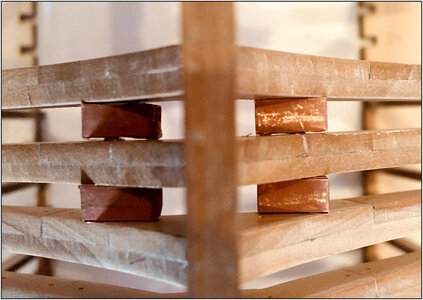
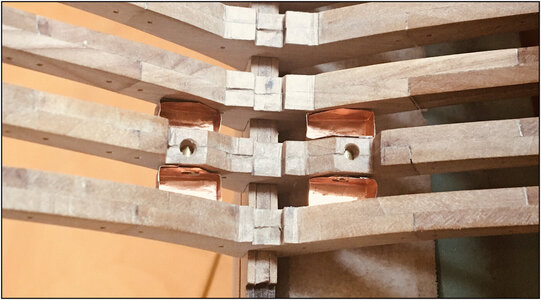


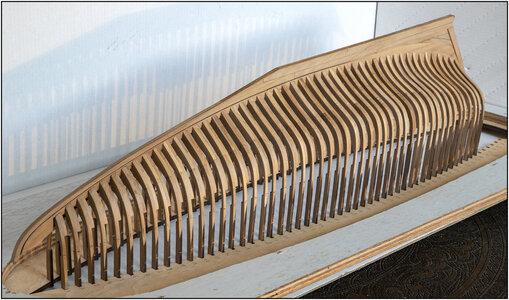
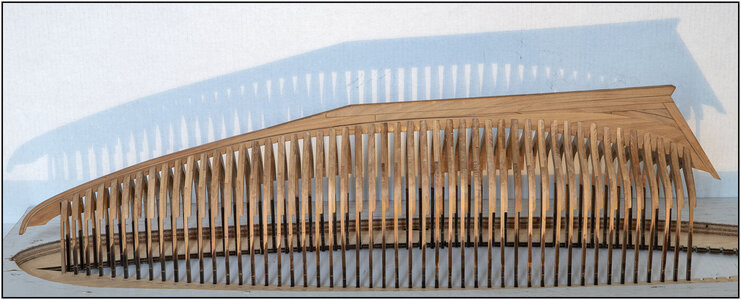
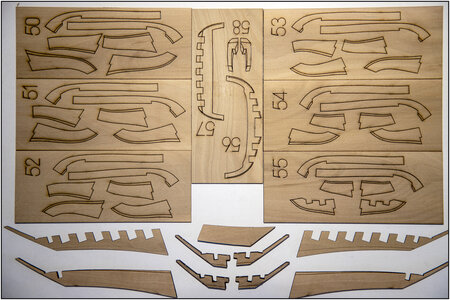

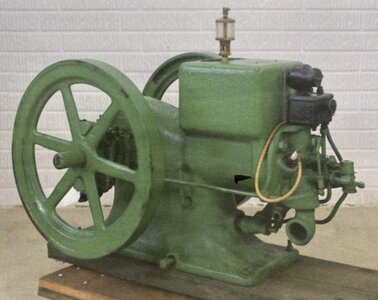
 Rich
Rich